Vintage Stuff feature originally published in Automobile August 1992
The electronic continuously variable transmission (ECVT) on today’s Subarus first appeared in the Sixties on Dutch cars made by a company called DAF. We talked to a man who owns a whole stable of them.
“I take them in like lost kittens,” says Kazmier Wysocki about his DAFs, microcars, and electric vehicles. Especially DAFs. The Hackensack, New Jersey, resident owns 15 of the distinctive little Dutch cars in various condition.
Wysocki’s interest in electric cars led him to DAFs. From a former converter (who had electrified about 25 DAFs), Kaz purchased a leftover that still had its original engine. That was more than 10 years ago. Now Wysocki is president of the DAF Club USA (about six members) and, along with Californian Bill Radke, is probably the biggest DAF enthusiast in the United States.
Why DAF? Although the 750-cc horizontally opposed twin is a purported paragon of reliability – if not horsepower – Kaz was fascinated by the DAF Variomatic, a continuously variable-ratio transmission based on large rubber vee belts and a pair of centrifugally controlled pulleys. The sides of the front (drive) pulleys move closer with speed, forcing the belt to ride higher and changing the effective diameter of the pulley; spring-loaded rear (driven) pulleys separate as the belt length stays constant. An engine vacuum override holds lower ratios for acceleration or hill-climbing. As with Subaru’s steel-belted ECVT, changing the relative sizes of the pulleys varies the drive ratio for stepless no-shift driving.
The first DAF car, the 594-cc model 600, was built in 1958. The engine grew by 25 percent in 1961 for the DAF 750, followed in ’63 by a “luxury” model, the Daffodil. During the early Sixties, several tries at selling DAFs in the United States failed. A less than macho image and a 0-to-50-mph time of 22 seconds doomed it in the land of the Falcon and the Chevy II. DAFs were popular in Europe, despite a reputation as a grandmother’s car. Shift-for-themselves Europeans dismissed the Variomatic rather than the car’s small size despite another engine enlargement (850 cc) and then the use of the 1108-cc Renault as DAF’s biggest engine. To its credit, the DAF performed well in rallies (the twin belt system gave a form of limited slip), and several Formula 3 cars were campaigned by a factory team. DAF continue to build heavy trucks (with conventional transmissions), but Volvo bought the car business in 1975. To this day, the Variomatic is an option on Volvo’s 430.
We drove Kaz’s Renault-powered 1974 model 66 military vehicle and the 1963 model 33 Combi, a panel-van affair with a torquey DAF twin. Both easily matched urban traffic and climbed a steep viaduct – hills are hard to come by in Hackensack – without slowing. The Combi, though, is as Spartan as the armymobile – a low fuel warning light subs for a gas gauge. (Daffodil models have a nice flower on the steering wheel hub, though.) The floor shifter has three positions: forward, neutral, and reverse. Don’t rev the engine in neutral before selecting a gear. That will spend the driveshaft, and you have to wait for it to stop before the gears, located between the drive pulleys, will engage without clashing. Remember to use the parking brake, too, because the centrifugal clutch won’t hold the car when the engine is off.
Last year, Wysocki attended the tenth-anniversary meet of the international DAF club in Holland, an event attended by 1,000 DAF cars. He brought back, as a gift, a 1962 DAF 750 pickup truck. Another little lost kitten comes home.






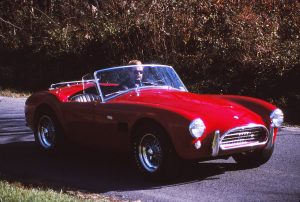
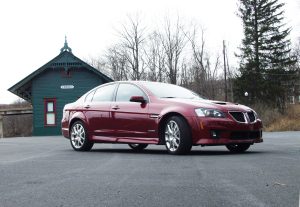
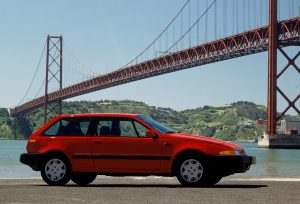
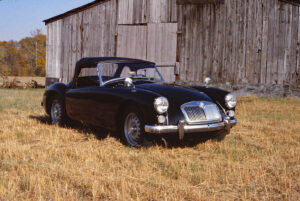
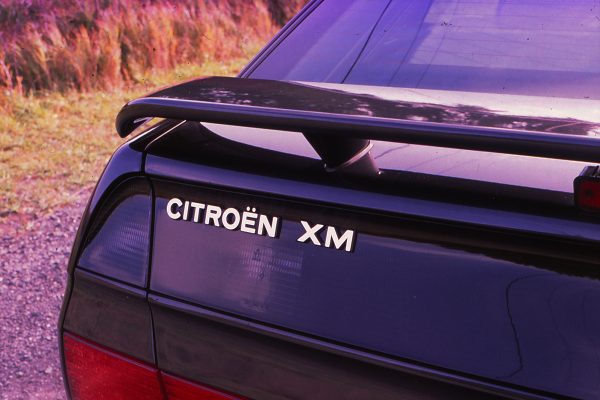

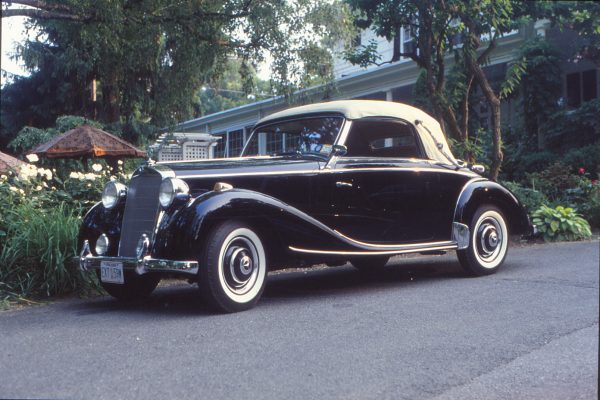
What Do You Think?
You must be logged in to post a comment.